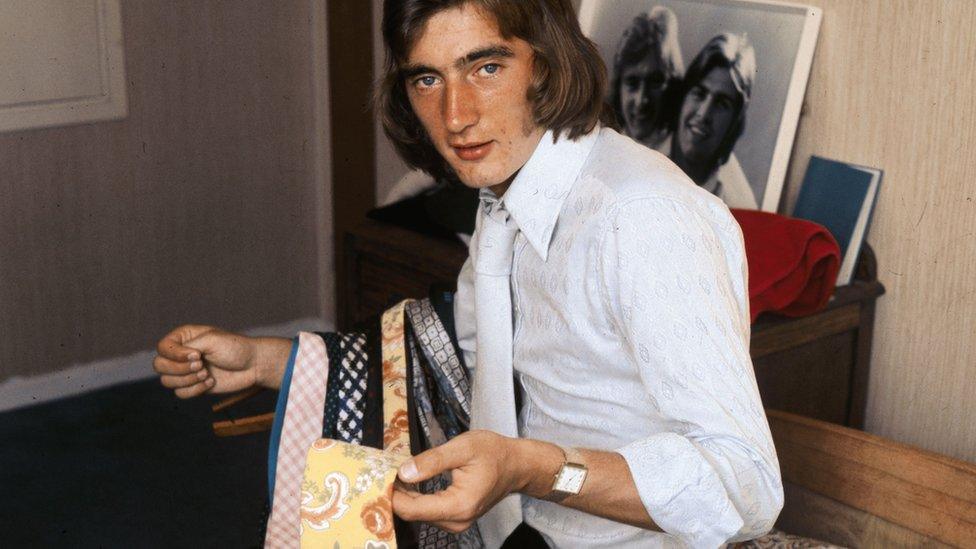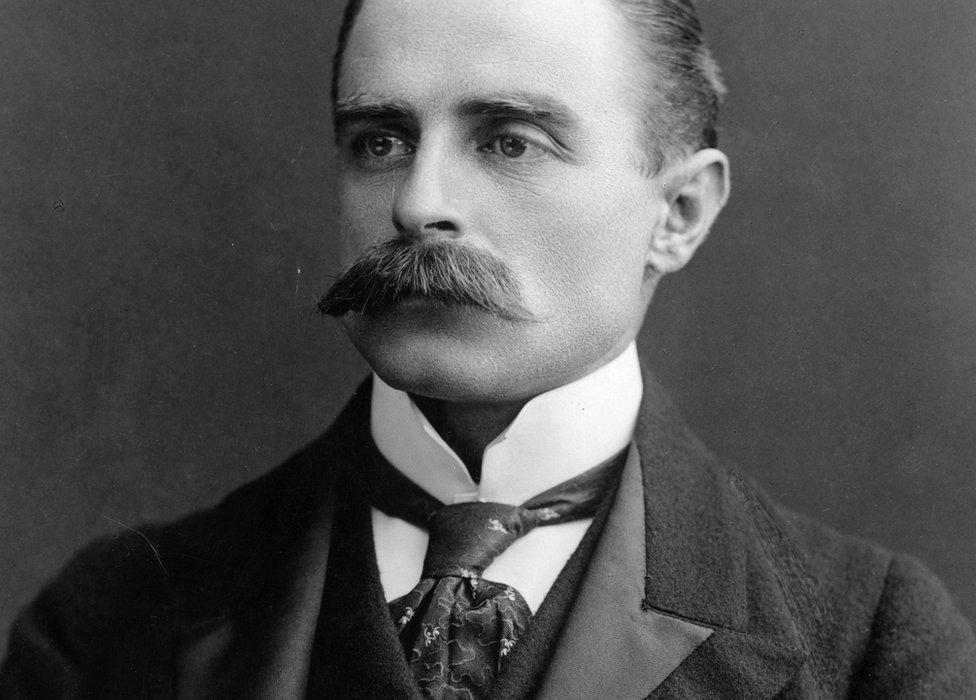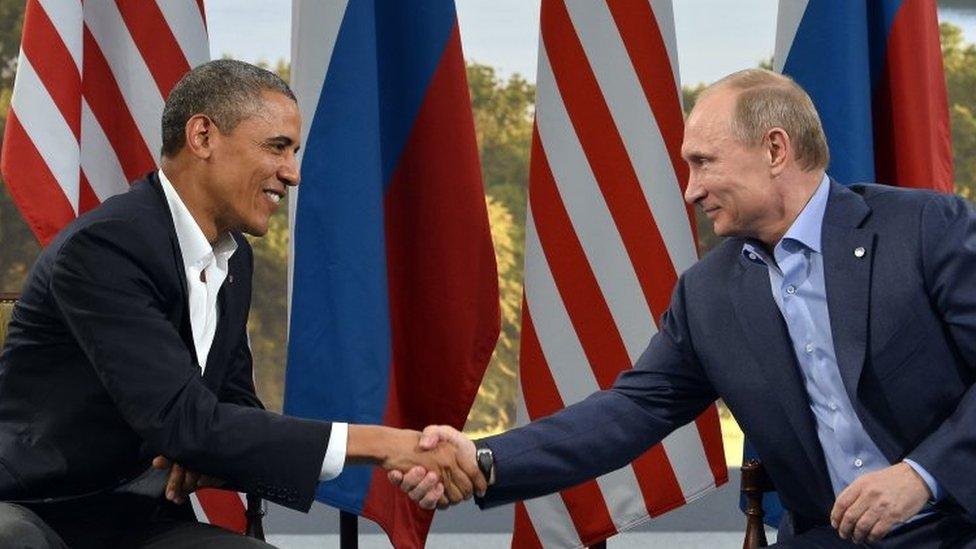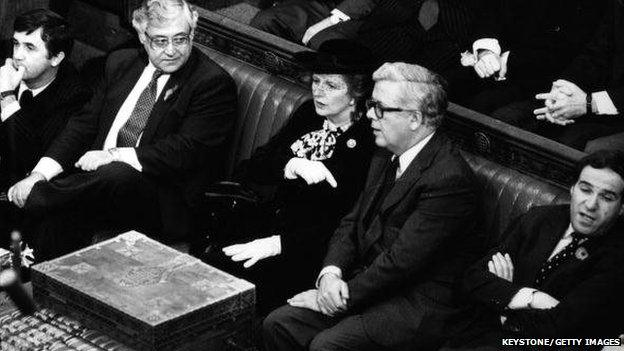Is this finally the end for the tie?
- Published

Peak 70s: Chelsea footballer Alan Hudson shows off his collection of kipper ties
MPs no longer have to wear ties in the House of Commons - does this finally spell the end for an item of men's clothing that was once de rigueur in Western Europe?
It just seems wrong somehow - MPs getting up to speak in the Commons in open-necked shirts.
This is an institution in which people still refer to each other as "right honourable gentleman" and are offered a toot of powdered tobacco from a silver snuff box on their way into work (although few now indulge). They are attended to by men in tights and garters.
And yet now - thanks to a ruling by Speaker John Bercow (a man who takes part in a ceremonial parade every working day, in a black silk robe with gold trimming and a train) - they can loll about on the green benches as if they were at a family barbecue.
Mr Bercow's ruling may offend traditionalists - and many MPs will no doubt continue to cling to the comfort of their tie - but it is in keeping with the long, slow decline of this particular item of men's clothing in the West.
Wearing a tie to work used to be a sign that you had reached a certain station in life. Now, for many British men, turning up for work in a tie will prompt some wag to ask if you have a job interview or a court appearance.

British explorer FE Younghusband shows how it was done in 1895
Only about a third of British office staff regularly wear a tie to work, according to some surveys. Dress-down Friday has become dress-down every day in many workplaces, although people who deal with the public are usually still expected to don a tie every morning.
The tie used to be a powerful signifier of social status - the regimental tie, the club tie and, above all, the old school tie were all used as symbols of authority and belonging, and as a subtle way of excluding those who did not belong.
It is a tradition that stretches back to Roman times, when soldiers would wear different coloured neckwear to denote membership of different groups.
In today's workplace power games, however, the man at the top is very often the one without a tie. The Silicon Valley chief executive look - chinos and casual shirt, no tie - is a way of letting your underlings know that you are a true meritocrat, and not hidebound by stuffy rules.
World leaders at the G8 in Northern Ireland in 2013 were told to wear "smart casual" attire, although they still wore suits.

World leaders now dress "smart casual" for summits
The tieless trend has even spread to the Royal Family. When Prince Harry met 91-year-old Ivor Anderson at a military event last year, the D-Day veteran cheekily asked him: "Where's your bloody tie?"
There are, of course, many traditional institutions in Britain, such as the gentleman's clubs of Mayfair, where you will still not get through the door without a tie.
But these places tend to take their cues from the top. Parliament's official rule book Erskine May says military insignia or uniforms should not be worn in the Commons and that the custom is "for gentlemen members to wear jackets and ties". Well, not any more.

Even the royals have freed themselves from the ties that bind
Croatia claims to be the birthplace of the modern neck tie or cravat. According to the Oxford English Dictionary, "Croat" and "cravat" were originally variations on the same word.
It arrived in Western Europe in the 17th Century as a piece of military clothing designed to protect soldiers' shirts and buttons but gradually caught on as a fashion item, with elaborate dandyish flourishes and frilly collars.
It would take several centuries for the tie to slim down to the narrow piece of patterned cloth we are familiar with today, and it did not become de rigeur among middle-class "white collar" workers until the industrial revolution, when it was deemed more practical and comfortable than the fancier alternatives.
The tie has proved remarkably adaptable as a piece of clothing, expanding in width and acquiring elaborate paisley patterns during the "flower power" era of the 1960s and 70s and then shrinking back down for the "skinny tie" punk and new wave look.
Yet now, like spats or the top hat, its time may finally be running out.
Then again, they said that about beards.
- Published29 June 2017

- Published23 December 2015
